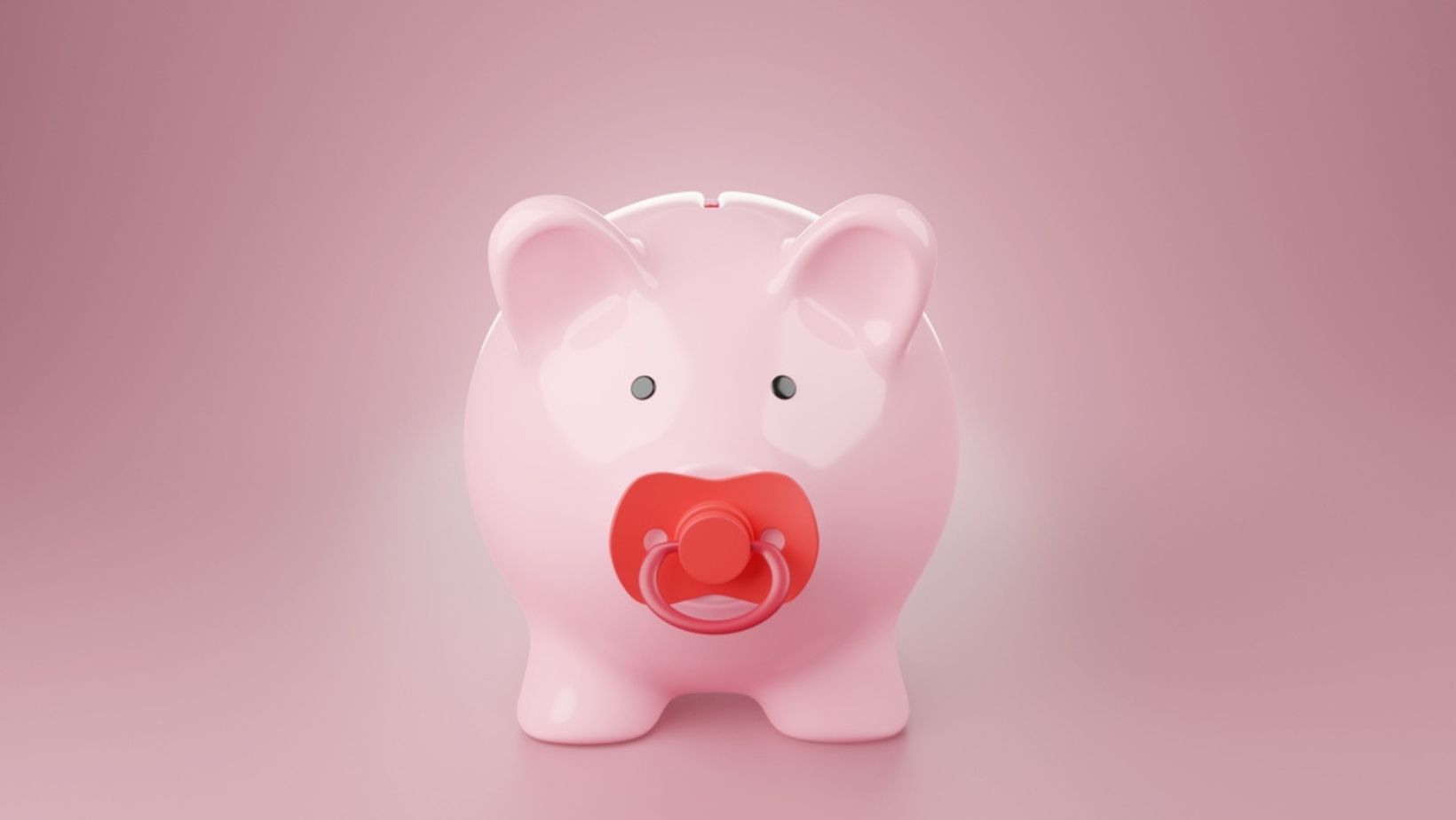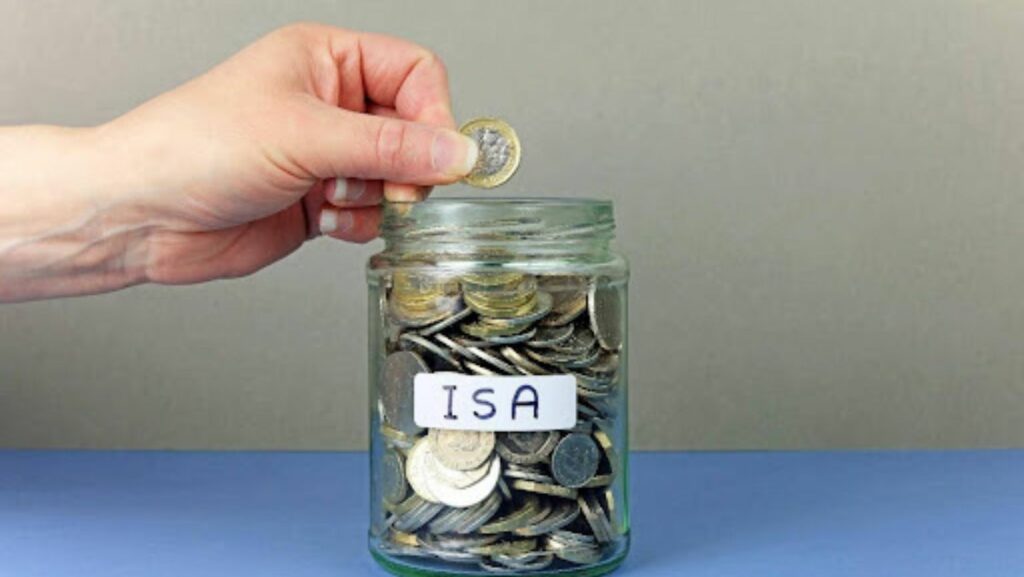A Junior Individual Savings Account (Junior ISA) is a highly beneficial investment vehicle if you’re looking to effectively build your child’s wealth.
This specific type of child investment account offers tax-efficient savings to help parents and guardians invest in their child’s future.
If you’re considering the benefits of a Junior ISA, or simply want to know more about what they are and how they work, read on to find out more.
Types of Junior ISAs
There are two main types of Junior ISAs that you can invest in:
- Cash Junior ISA: This account functions similarly to a traditional savings account, where you can build your child’s savings with contributions, along with a fixed or variable interest rate.
- Stocks and shares Junior ISA: This account allows you to grow your child’s savings with investments in the stock market – including securities like shares, bonds, and funds – to yield potential returns.
 Parents can choose to invest in either or both types of Junior ISA each year, provided the total annual contributions do not exceed the set limit for that tax year.
Parents can choose to invest in either or both types of Junior ISA each year, provided the total annual contributions do not exceed the set limit for that tax year.
Contribution limits and tax benefits
For the tax year 2024/2025, the maximum contribution to a Junior ISA is £9,000 per child. These contributions can be made by parents, grandparents, or friends, but the total must not surpass the annual limit for that tax year.
However, the primary advantage of a Junior ISA is its tax-free status. Neither the interest earned nor the potential investment gains are subject to income tax or capital gains tax. This ensures that the child’s savings can grow whilst being sheltered from tax, which further maximises the potential return.
Account management and access
Only a parent or legal guardian can open a Junior ISA on behalf of a child, and the child must be under 18 and a UK resident.
Once established, anyone can contribute into the account, but control over it remains with the registered contact until the child turns 16 – at which point they can assume management responsibilities.
However, withdrawals are still not permitted until the child reaches 18, when the account will be automatically converted into a standard adult ISA that grants the individual full access to their funds.
Investment strategies
Investing in a stocks and shares Junior ISA can offer the potential for higher returns compared to a cash Junior ISA, although it’s important to factor in the risk.
We recommend speaking to a financial advisor who can help you more accurately assess your risk tolerance and investment horizon when selecting which securities to invest in. They can also help you diversify your portfolios across various asset classes to help manage risk while aiming for the growth of your child’s savings.
Also, regularly reviewing your investment strategies with your advisor can ensure alignment with changing financial goals and market conditions, so the investments stay on track towards your child’s future goals.
Junior ISAs present a valuable opportunity for you to invest in your child’s future with strategic and tax-efficient growth. With the right structured approach, guided by a professional advisor, you can make informed decisions that align with your financial goals and provide a solid foundation for your child’s financial journey in adulthood.
Please note, the value of your investments can go down as well as up.



